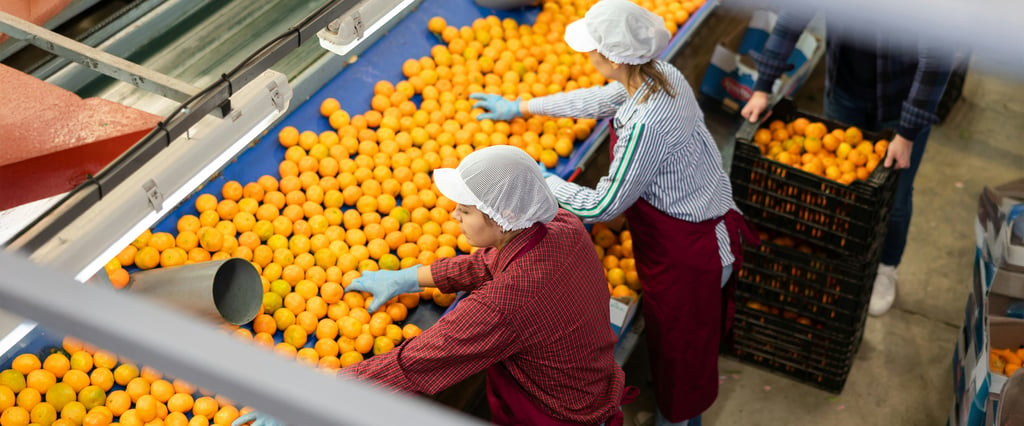The open-source Global Trace tool is designed to enable users to trace products from production to final purchaser with compliance data on child and forced labour and other exploitative practices at each tier. It enables users to:
- Customise the tool to different commodities and supply chains
- Expand or modify coverage of indicators, including those in labour rights, social responsibility, environmental and other types
- Include product characteristics and transformations at each tier, such as production conditions, quality, etc.
- Ensure interoperability with other due diligence approaches, some of which are currently in the tool and others that can be linked to the tool.
A note of caution: the tool needs a server home. Users must download it to a host site for data collection and establish controls to ensure data integrity.
Resources and guidance are available:
- On the Project webpage, where you will find:
-
- Helpful guidance on how to design, manage and implement traceability with a short explanatory video
- The Traceability Glossary, which explains both labour rights and supply chains due diligence terminology
- The Traceability Context Report, found in Global Trace’s Essential Reading, along with the Pakistan Cotton Mapping Report and the DRC Cobalt Mapping Report
- Links to the “source code” with a description of key source areas
- The Trace Tool’s technical Protocol
2. On USDepartmentofLabor · GitHub:
- Source code for Global Trace frontend, backend and Apps
- Guidance on downloading, tailoring and using the code, including Global Trace Documentation Six Step Technical Solution
- The full Global Trace Technical Protocol, also accessible through the "download raw file" icon.
For Pakistan cotton sector stakeholders:
- visit KnowTex, which will host a cotton version of the trace tool and build out its website to feature resources and blogs on labor rights, traceability and due diligence relevant to the cotton sector.
- Read our Pakistan Cotton Pilot: Results, Lessons Learned, and Next Steps for Sustainability, which can inform traceability efforts with any commodity.
The Global Trace tool has been designed to be low-cost (the code is free!), user-friendly and interoperable. We hope that a wide range of suppliers, brands and other users download and use the tool, refine it and share the results!
